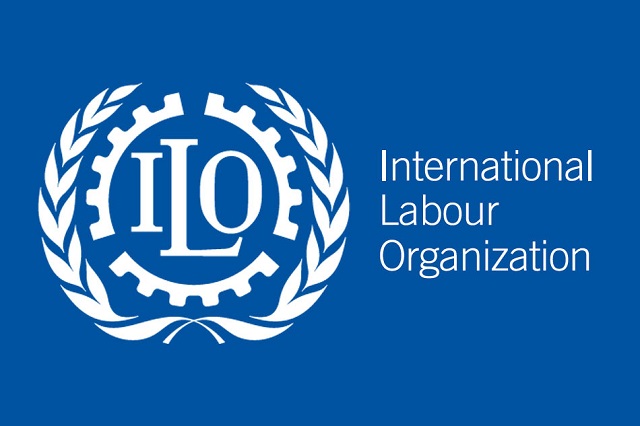According to the International Labour Organization (ILO), pay transparency initiatives can help disclose pay disparities between men and women and pinpoint their root causes.
In general, women worldwide were paid around 20% less than men, according to a recent ILO survey. While individual factors including education, working hours, occupational segregation, abilities, and experience may contribute to the gender wage gap in some cases, the report found that discrimination against women accounted for the majority of it.
According to the research, women had also been disproportionately affected by the COVID-19 epidemic in terms of their income security.
According to the report, these variables had a negative impact on women’s employment and threatened to undo decades of progress gained toward gender equality.
The new ILO study entitled, “Pay Transparency Legislation: Implications for Employers’ and Workers’ organisations,” found that pay transparency measures could help to address the gender pay gap and reduce broader gender inequalities in the labour market.
Pay transparency, it said, might offer workers the information and evidence they required to negotiate pay rates while providing them with the means to challenge potential pay discrimination, the report further said.
Pay transparency for employers could assist in identifying and addressing pay discrimination that otherwise might have a negative impact on the operation of the business and their reputation, it was said.
The study included both the arguments in favour of and against pay transparency legislation, providing a detailed map of the laws governing equal pay in many nations.
Additionally, it addressed the function of employers’ and workers’ organisations and provided the results of an online survey of social partner organisations to gauge their comprehension of the application of pay transparency measures.
It claimed that various strategies were being used by different nations, including pay audits, periodic pay transparency, and granting employees access to pay information. However, it stated that governments needed to take the initiative to interact with employers’ and workers’ organisations when negotiating for and creating pay transparency legislation.
The study concluded that active social partnerships were essential to achieving the goals set forth by legislation, especially when it came to ending pay inequality in the workplace.
According to the Director of the ILO Conditions of Work and Equality Department, Manuela Tomei, “These are still early days for pay transparency. We see countries pursuing different approaches to advance it, which shows that there is no ‘one-size fits all’ solution.
“While more time is needed to assess the effectiveness of the different measures and practices, it is encouraging that Governments, workers’ and employers’ organisations seek to devise innovative solutions, such as pay transparency, to tackle a stubborn problem.”













